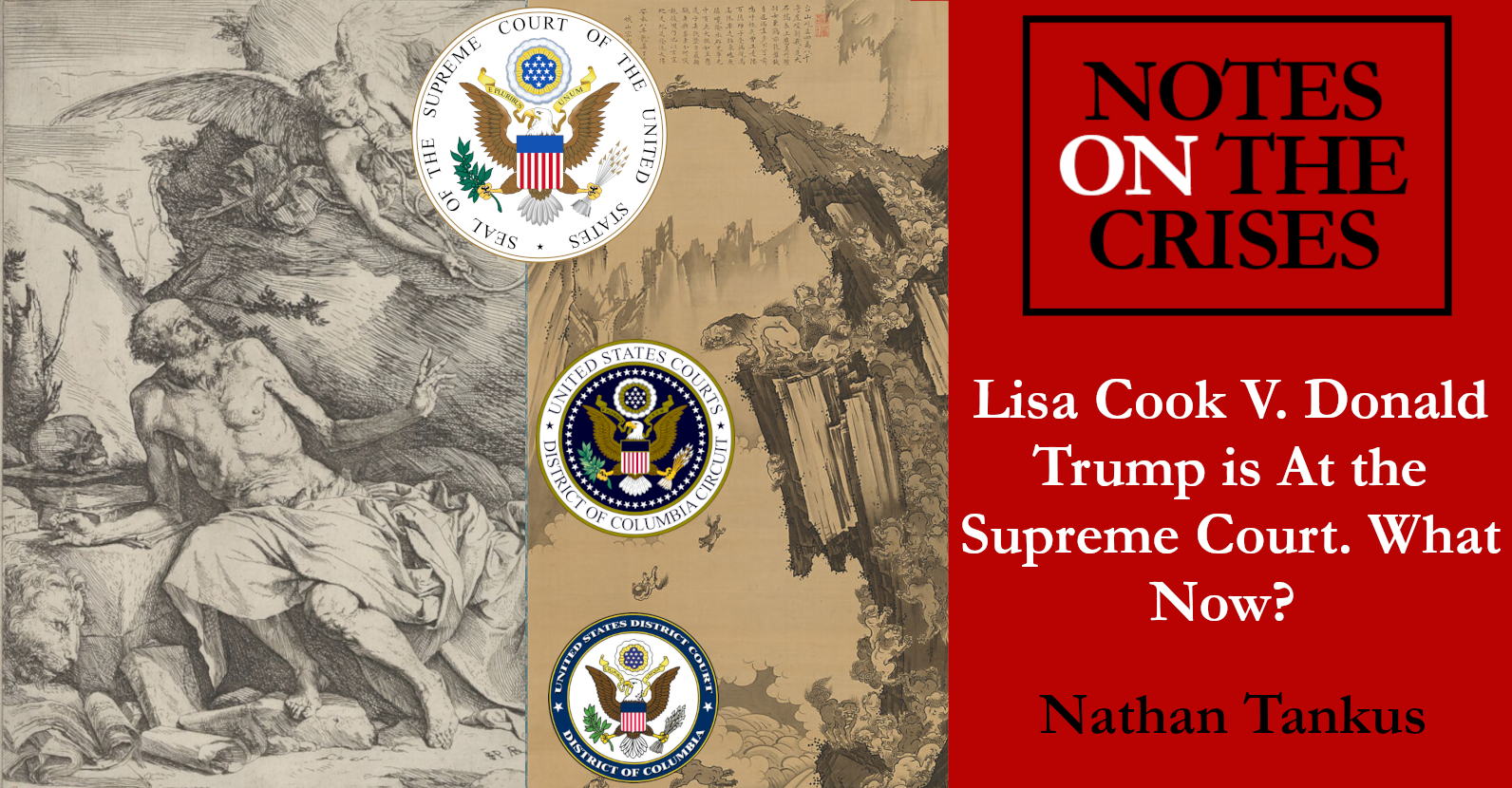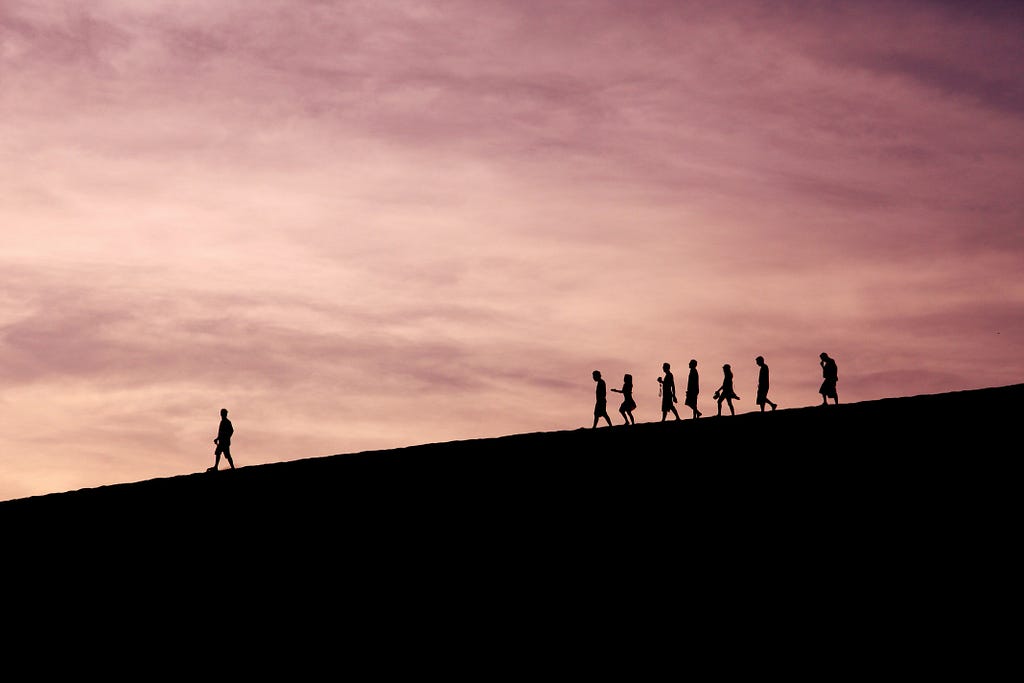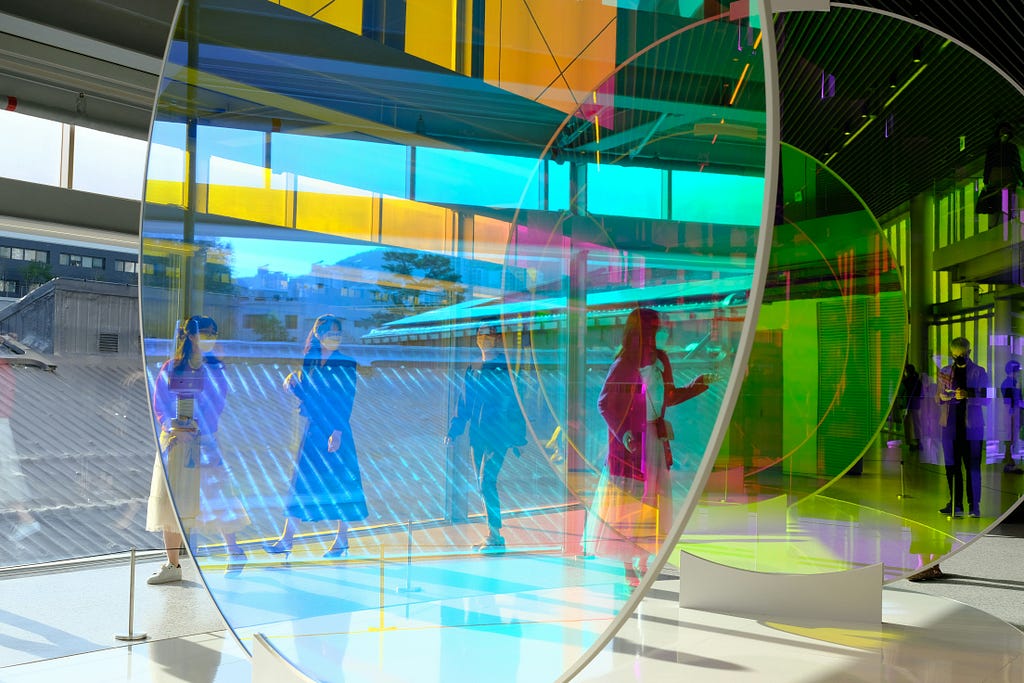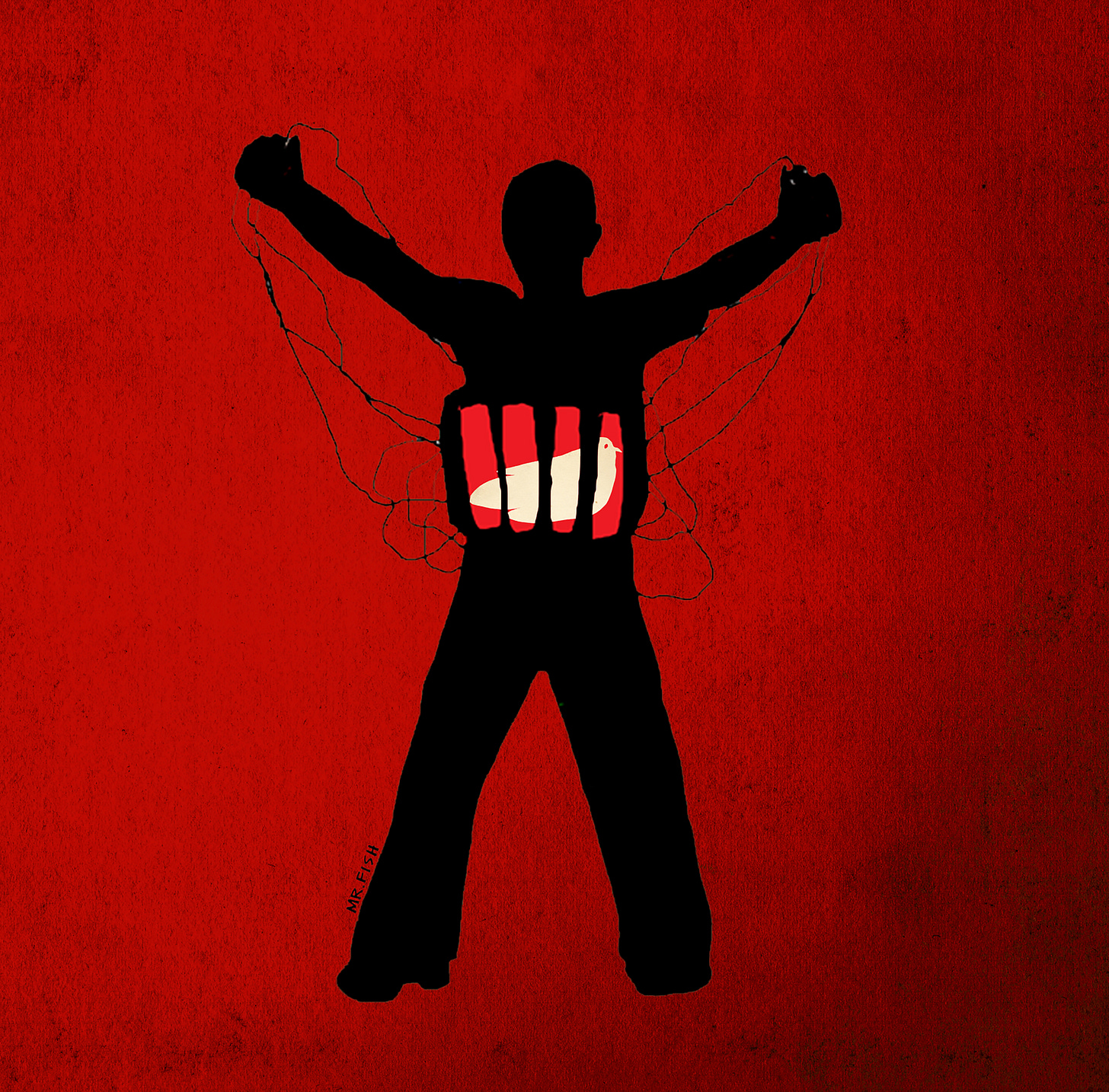
The developments in the legal fight between the Federal Reserve Governor Lisa Cook and the second Trump administration have evolved quite rapidly over the past three weeks. It's past time to examine where we’ve been, where we stand as of this writing and what it all means.
First, I want to get the less significant issue out of the way. From the beginning of this episode I’ve treated the allegations of “mortgage fraud” against Lisa Cook to be a lazy pretext. I, of course, did not believe these allegations at any point. However, what was more important than the truth or falsity of the allegations was the clear motivations of the Trump administration itself. Nevertheless, over the last few weeks we have gotten confirmation that the charges are unfounded.






